What’s a Push Notification?
Published on May 01, 2020/Last edited on May 01, 2020/7 min read
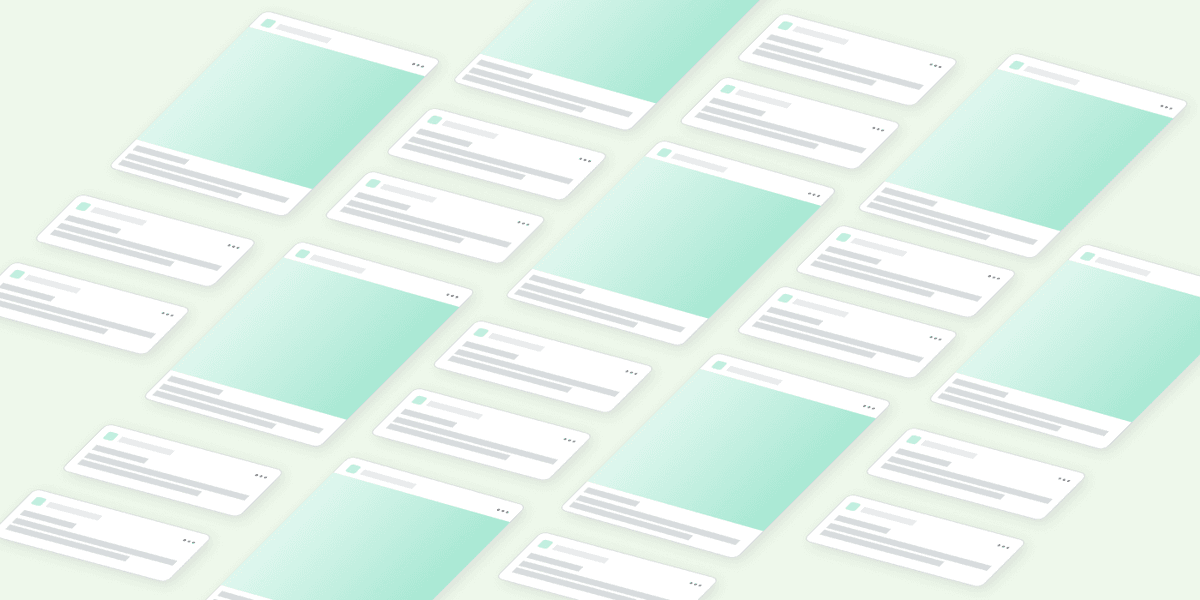

Todd Grennan
Managing Editor, Content Marketing at BrazeYou know push notifications. The buzzing in your pocket when there’s breaking news. The message that pops up to let you know that one of your apps is having a one-day sale. And while these brief, powerful messages have become closely identified with mobile marketing, a lot of brands are using push notifications in ways that don’t allow them to reach their full potential.
To make full, effective use of this messaging channel, marketers need to understand push notifications’ strengths and weaknesses, as well as their evolution beyond mobile. To help out, we’ve put together a guide to get you started. Take a look!
What Are Push Notifications?
Push notifications are brief, attention-grabbing messages that can be sent by brands to their customers even if the recipients aren’t currently engaging with their app or website.
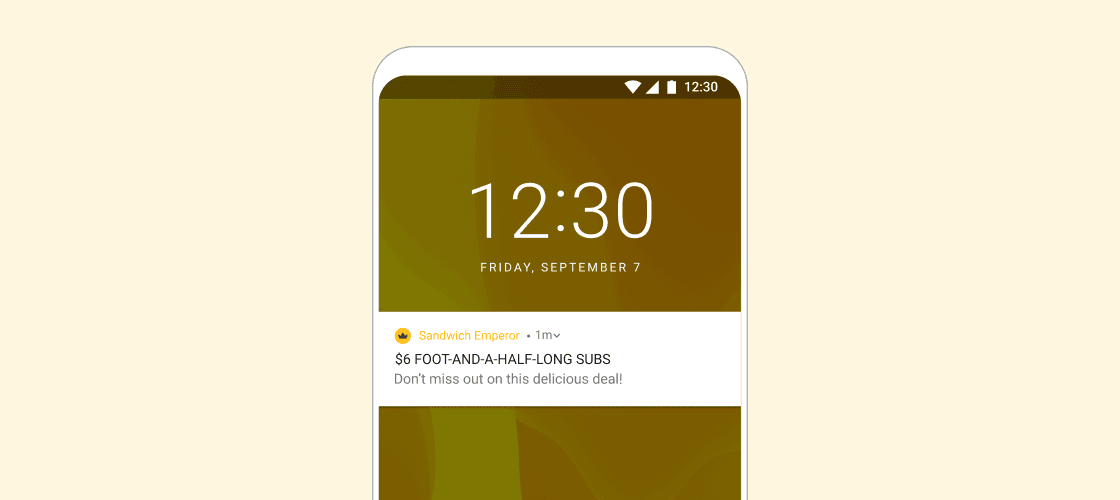
Where Did Push Notifications Come From?
While the basic process that supports push—having a server pass information to a device directly, instead of waiting for the device to request the data—has existed for years, modern push notifications were first popularized by Apple.
The 2009 launch of both push notification support for iOS and the Apple Push Notification Service (APNs) made it possible for brands to take advantage of this technology to send messages right to the screens of their app users’ mobile devices. (Google quickly followed, introducing push notification support on Android in 2010.) And brands have been taking advantage of this messaging channel to reach customers ever since.
How Many Kinds Of Push Notifications Are There?
1) Mobile App Push Notifications
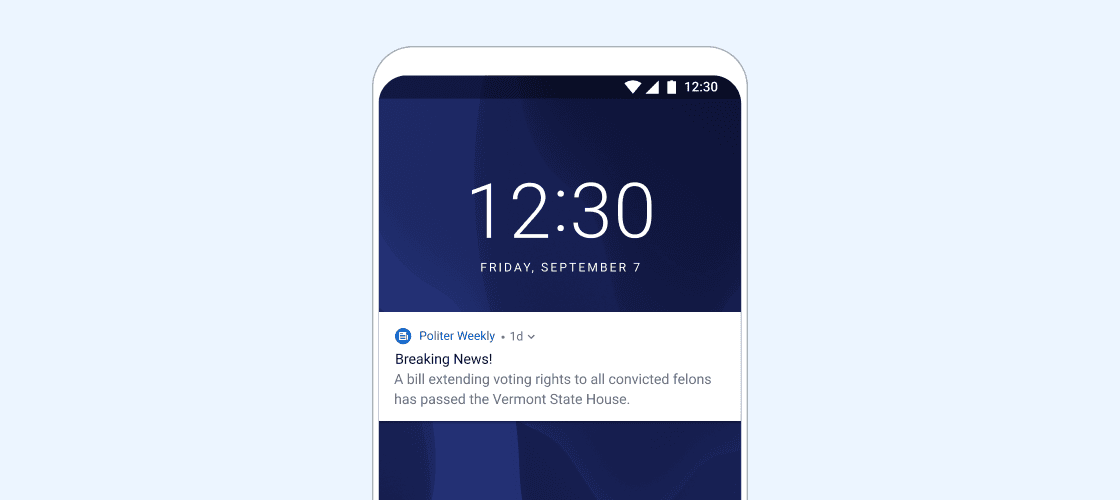
The classic. If someone refers to push notifications, they’re probably talking about mobile push. A major part of many brands’ customer outreach on mobile, these messages are a powerful, effective way to reach app users.
2) Wearables Push Notifications
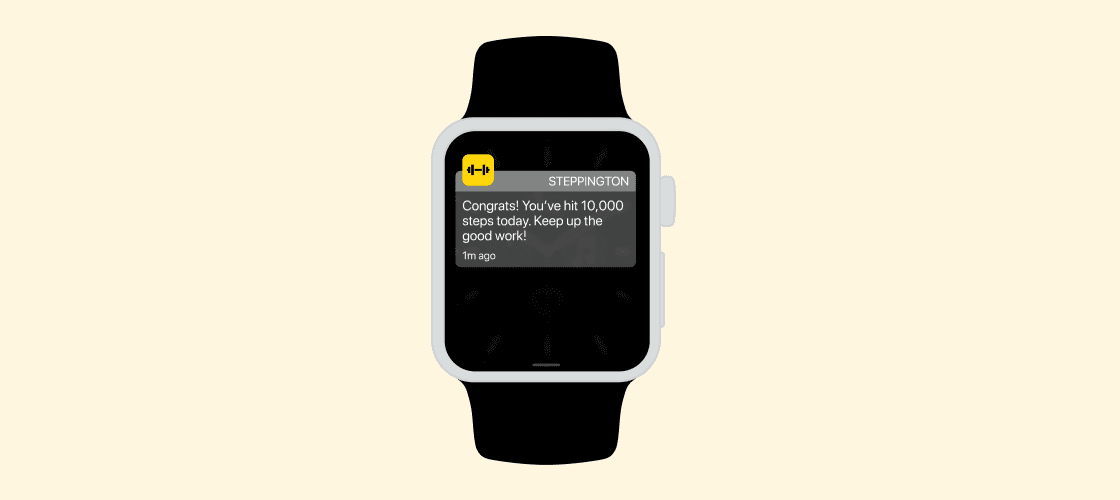
Even more intimate than mobile push, wearables push notifications allow brands to send messages directly to wearable devices like the Apple Watch. Because wearables have smaller screens than smartphones or tablets, these messages tend to be even shorter and more to-the-point than mobile push notifications.
3) Web Push Notifications
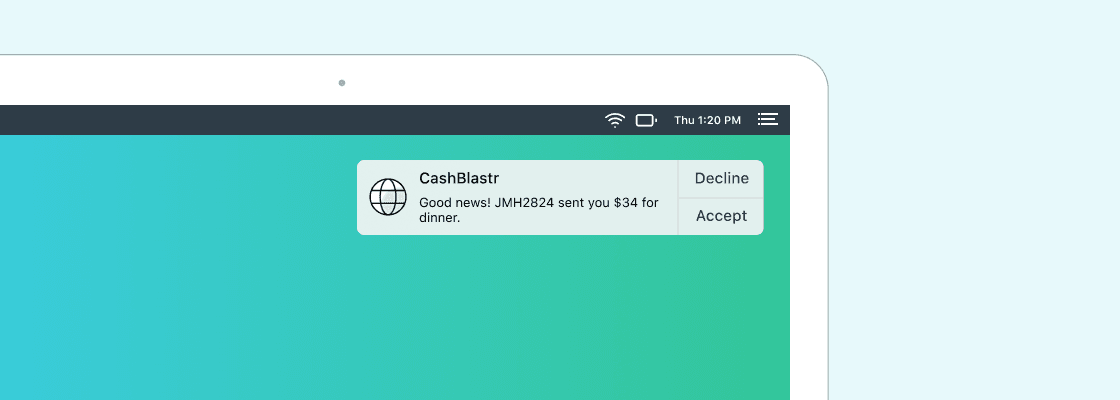
Just as mobile push lets you contact users even if they’re not using your app, web push notifications make it possible to send messages to customers who aren’t currently on your website. Check out how NASCAR uses web push to drive content engagement.
Why Not Just Send Every Message Using Push Notifications?
Grab your customers’ attention. Reach them no matter what they’re doing. Sounds pretty good, right? So why not just use push notifications as much as you possibly can? Well, because:
1) Not Everyone Responds To The Same Messaging Channels
Some people don’t check their email often (or at all). Others click past in-app messages and ignore Content Cards. The same issues crop up with push notifications. Engaging your customers is about determining what messaging channels they respond to and making sure that you’re using each to its full potential. For customers who just don’t like or engage with push notifications, an all-push messaging strategy means a lot of outreach will be ignored.
2) Not Everyone Opts In For Push Notifications
You can’t send push notifications to customers who haven’t agreed to receive them. And plenty of people choose not to enable push. That means that there may be a significant chunk of your audience who will never see the push notifications you send.
3) Because Sending Too Many Push Notifications Can Trigger Uninstalls
Push notifications work best in moderation. And brands that overdo it aren’t just serving up an overwhelming, frustrating experience—they’re running the risk that recipients will get fed up with the hurricane of push notifications and either opt out of push or uninstall their app altogether.
How Do You Convince People To Opt In For Push Notifications?
A lot of brands just ask customers to give them permission to send push notifications and hope they’ll say yes. That’s a risky strategy.
Instead, use in-app messages to explain to customers why you want to send them push notifications and walk them through how enabling push will benefit them directly. By treating your audience with respect and taking the time to engage with them and their possible concerns, you can increase the odds that they opt in and demonstrate how much your brand values them.
Keep in mind that this approach only works if customers really will see a benefit from enabling push. If not, many of the customers you’ve convinced to opt in for push may well opt back out again.
How Do You Get People To Opt In For Push Notifications After They’ve Already Opted Out?
Ideally, you wouldn’t need to. But the reality is that customers opt out of push for a variety of reasons, only some of which reflect on your brand and the way you use push notifications. If you think that a customer who has opted out of push could be convinced to change their mind, you can send them a push re-permission campaign. Remember that a successful re-permission campaign will likely need a significant customer incentive and a compelling pitch in order to succeed—so your brand will be better off convincing customers to opt-in the first time.
What Do Push Notifications Do Well (And Poorly)?
What Push Notifications Do Well: Urgent messages
Because these messages appear right on a device or computer’s screen even if the recipient isn’t using your app or visiting your website, the odds are good that your message will be seen. That means that if you really, really need to reach one of your customers, a push notification may well be the best way.
What Push Notifications Do Well: Re-engage lapsed customers
While messaging channels like in-app messages and News Feed Cards are a good way to communicate with active customers, the fact that they only appear to people who open your app or visit your website limits their effectiveness as a channel for re-engaging members of your audience who have started to drift away. Push notifications, on the other hand, can reach beyond your digital presence, making this channel a strong fit for re-engagement campaigns.
What Push Notifications Do Poorly: Educate customers
In today’s mobile-driven world, successful brands are using the outreach tools at their disposal to engage their customers and build strong relationships that hold up over the long haul. A well-designed onboarding process and ongoing messaging campaigns designed to keep customers up to speed on new app features and brand developments are both essential parts of that effort.
But while push notifications can be a good way to capture your customers’ attention, using this channel to teach your audience how to use your app or to let them know about every small update isn’t likely to go over well. Channels like in-app messages and Content Cards can communicate this kind of information effectively without overwhelming customers with intrusive messages.
How Do Push Notifications Fit Into a Cross-Channel Messaging Strategy?
Really well. Brands that use push notifications as part of a multi-channel approach during onboarding campaigns see engagement rates that are up to 844% higher than those that send no mobile messages at all. For a detailed look at how push can complement other messaging channels, check out our Cross-Channel Guide.
The Gist
Push notifications shouldn’t be the be-all and end-all of your customer outreach strategy. This messaging type can be a major asset to your customer engagement, retention, and monetization efforts—but only if you’re thoughtful about how and when you use it.
To learn more, our Push Notification Guide can help your brand master this powerful and flexible tool.
Related Tags
Be Absolutely Engaging.™
Sign up for regular updates from Braze.
Related Content
View the Blog
Data-Driven Personalization Heralds a New Era of eCommerce with Braze and Shopify

Ankit Shah
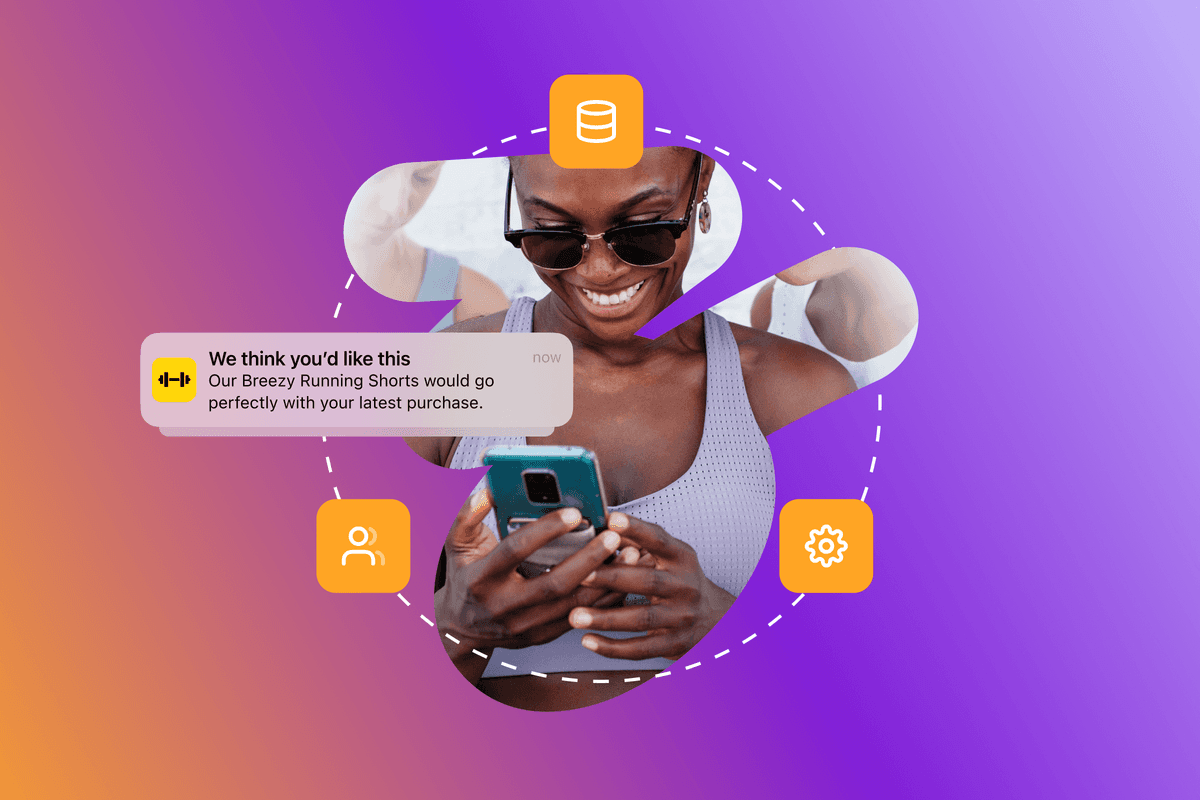
What is marketing orchestration?

Team Braze

Customer acquisition strategies: What they are, why they matter, and how to master them
